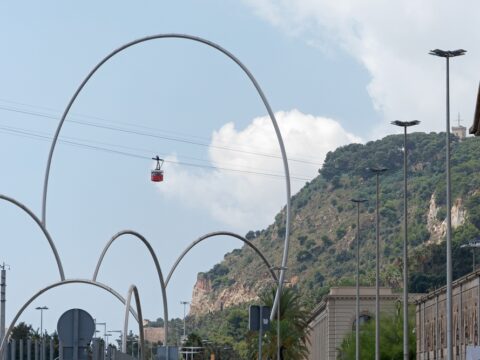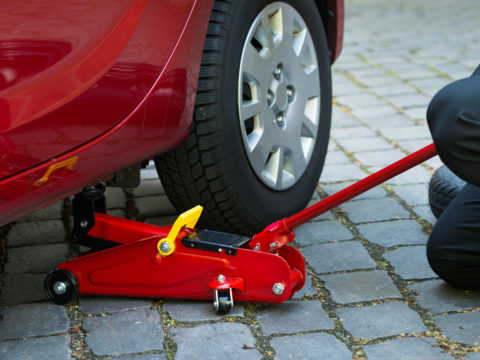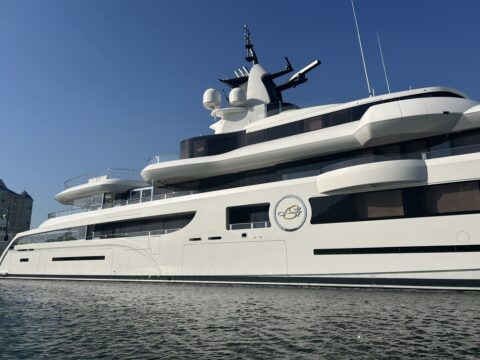Ferrari’s legacy in the world of supercars is unmatched, with each model reflecting a rich history of speed, design, and championship victories. From the roaring engines to the sleek lines, Ferrari supercars have not only captured imaginations but also dominated racetracks around the globe. In this article, we’ll explore 23 of the most iconic Ferrari supercars and the championship heritage that has made them legends in the automotive world.
Contents
Ferrari 125 S (1947)

The Ferrari 125 S was the first car produced by Ferrari and the vehicle that laid the foundation for the brand’s racing pedigree. Powered by a 1.5-liter V12 engine, the 125 S made its debut at the 1947 Piacenza Circuit, marking the beginning of Ferrari’s legacy in motorsport. The car’s victory at the Rome Grand Prix solidified its status, showcasing Enzo Ferrari’s vision of building race cars that could dominate the competition. This historic model is the cornerstone of Ferrari’s racing heritage.
Ferrari 250 GTO (1962-1964)

The Ferrari 250 GTO is perhaps the most famous Ferrari ever made, renowned for its beautiful design and extraordinary racing success. Equipped with a 3.0-liter V12 engine, the 250 GTO won the FIA GT World Championship three years in a row from 1962 to 1964. Its impeccable balance of power and handling made it nearly unbeatable on the track, cementing its place in racing history and earning it a legendary status among car enthusiasts.
Ferrari 166 MM (1948-1953)
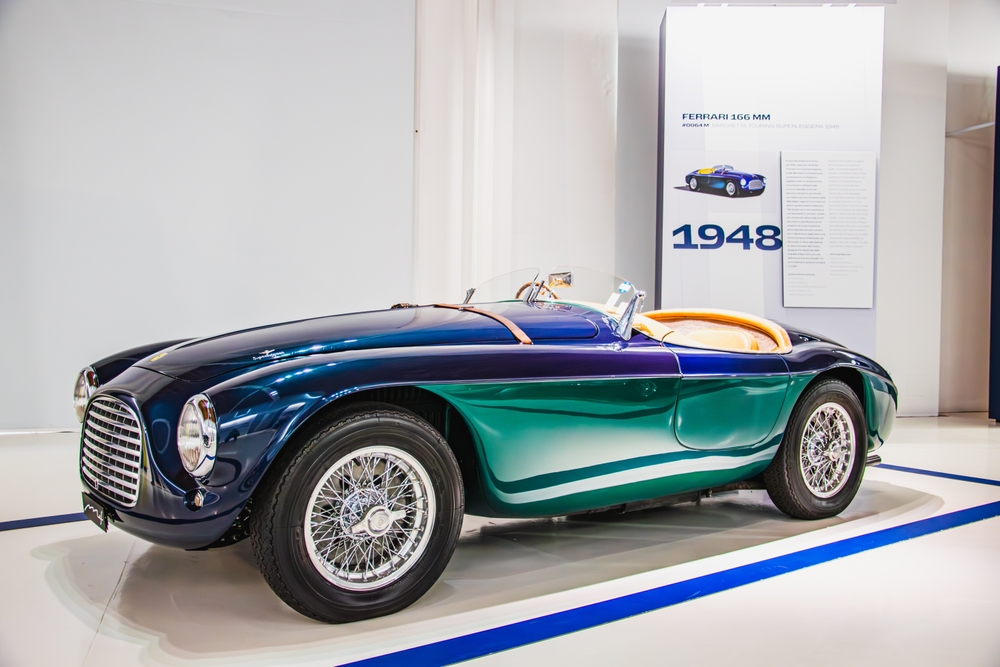
The Ferrari 166 MM, known for its lightweight design and agility, was a key player in Ferrari’s early racing success. Powered by a 2.0-liter V12 engine, this model won both the 1949 24 Hours of Le Mans and the Mille Miglia, two of the most prestigious endurance races in the world. The 166 MM’s victories established Ferrari’s reputation as a dominant force in endurance racing, making it a vital part of Ferrari’s championship heritage.
Ferrari 250 Testa Rossa (1957-1961)
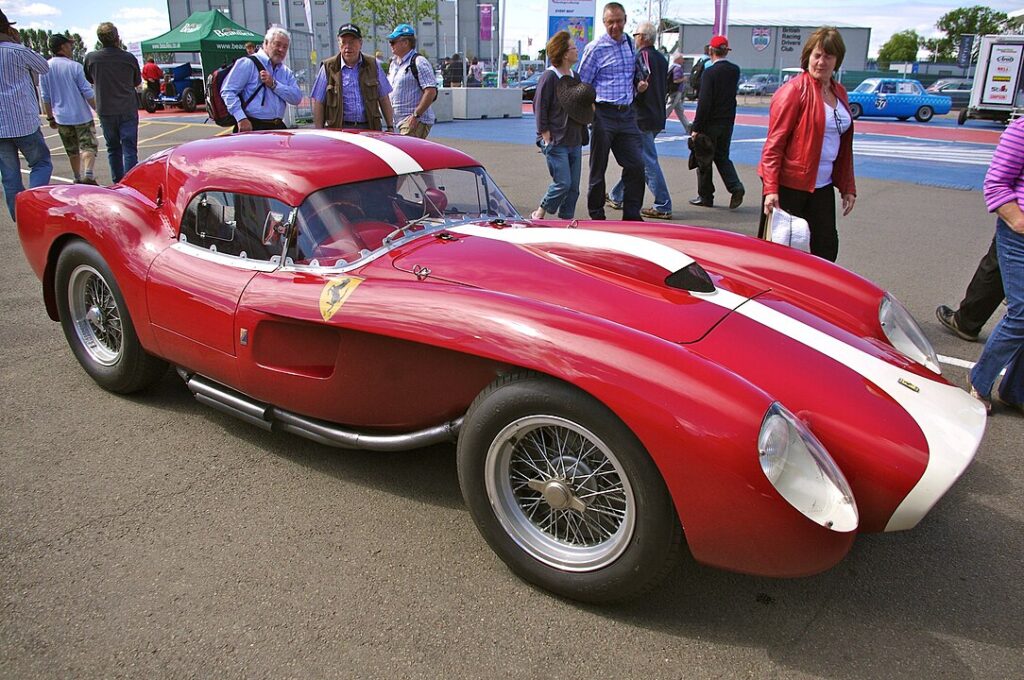
The 250 Testa Rossa is one of Ferrari’s most successful racing cars, known for its distinctive red cylinder heads and aerodynamic design. It was powered by a 3.0-liter V12 engine, which helped it win the 24 Hours of Le Mans three times (1958, 1960, 1961). The Testa Rossa’s success on the track not only highlighted Ferrari’s engineering prowess but also played a significant role in securing the brand’s legacy in endurance racing.
Ferrari 512 S (1970-1971)
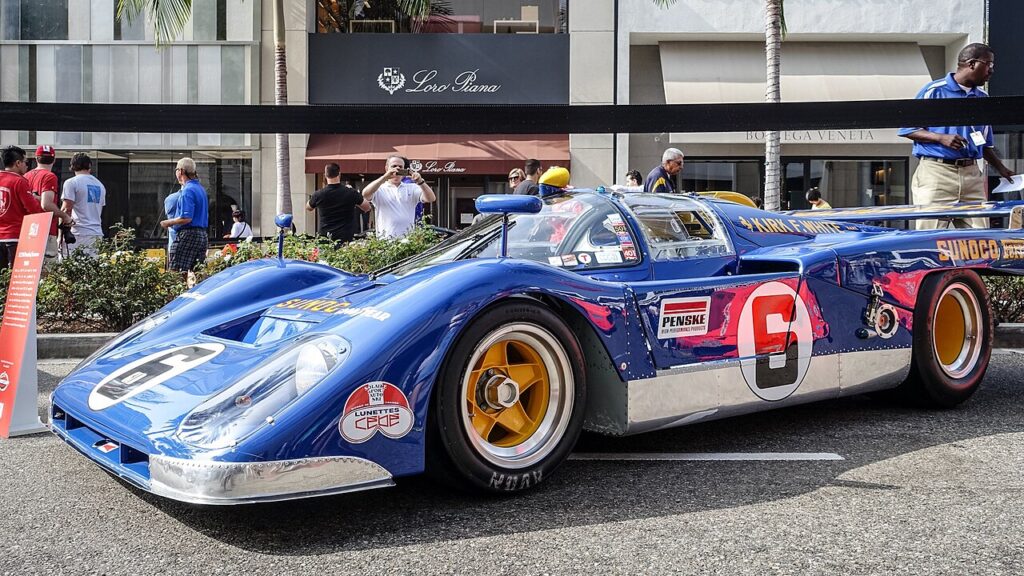
The Ferrari 512 S was developed as a direct competitor to the Porsche 917 in the World Sportscar Championship. With a 5.0-liter V12 engine producing 550 horsepower, the 512 S was a formidable machine that achieved several podium finishes during its racing career. Although it didn’t win the championship, its close battles with Porsche and its impact on the racing world make it an iconic part of Ferrari’s racing history.
Ferrari 330 P4 (1967)
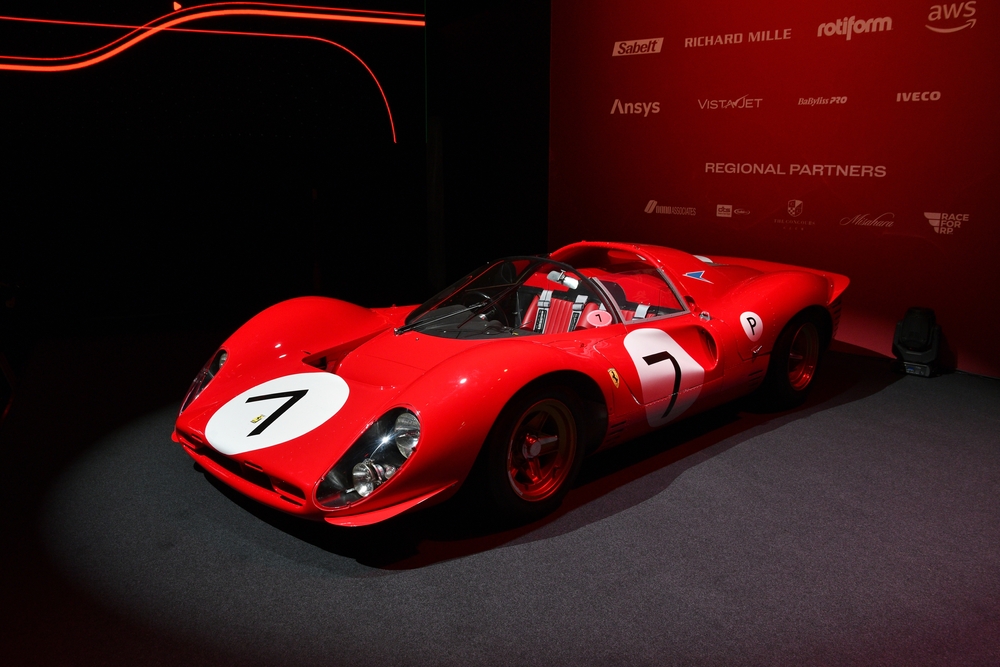
The Ferrari 330 P4 is celebrated for its victory at the 1967 24 Hours of Daytona, where it secured a historic 1-2-3 finish for Ferrari. Powered by a 4.0-liter V12 engine, the 330 P4 was designed to take on Ford’s GT40 in the World Sportscar Championship. Its stunning design and dominant performance at Daytona solidified its place as one of Ferrari’s most iconic race cars, embodying the fierce competition between Ferrari and Ford.
Ferrari 250 LM (1963-1965)
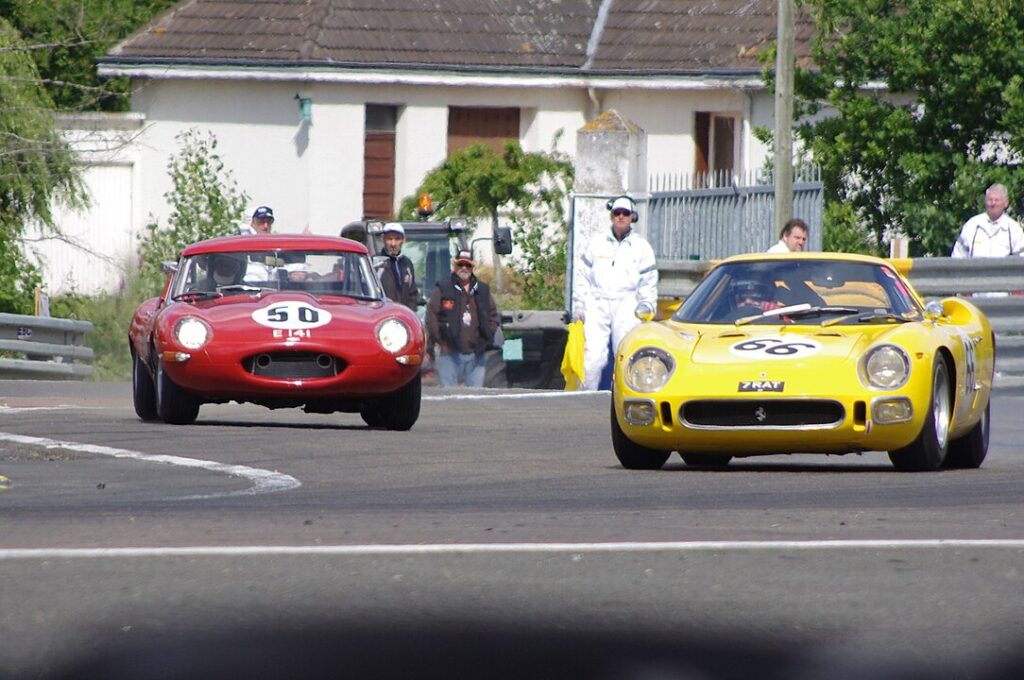
The Ferrari 250 LM was Ferrari’s last car to win the 24 Hours of Le Mans overall, achieving victory in 1965. Designed as a successor to the 250 GTO, the 250 LM featured a mid-engine layout and a 3.3-liter V12 engine. Despite initial struggles, its eventual success at Le Mans marked the end of an era for Ferrari, as it transitioned from front-engine to mid-engine race cars. The 250 LM’s triumph remains a significant moment in Ferrari’s racing history.
Ferrari F40 (1987-1992)
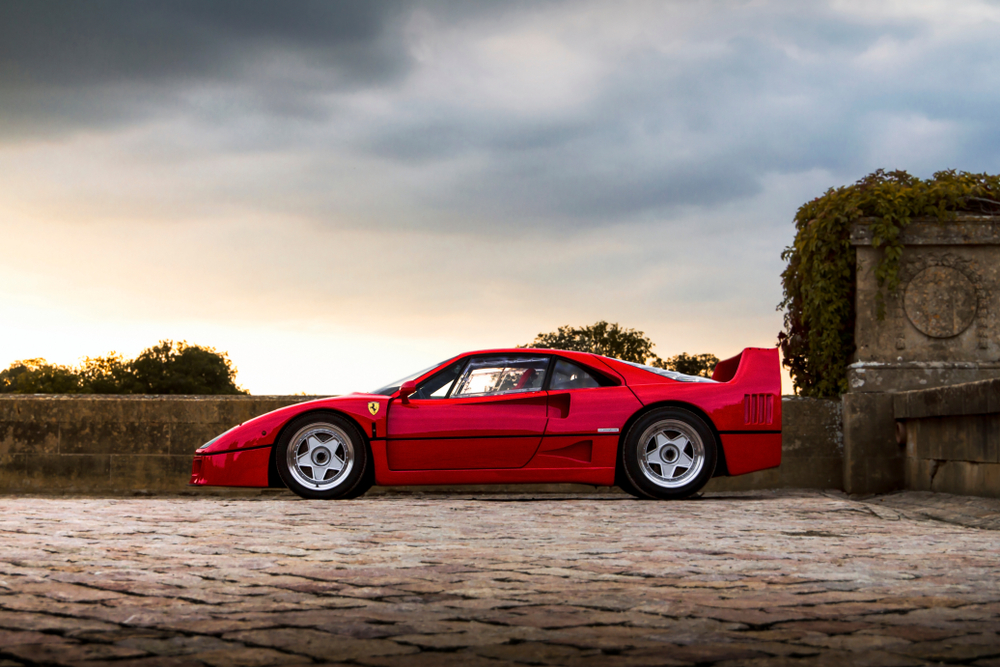
The Ferrari F40 was the last car personally approved by Enzo Ferrari, and it became an instant icon upon its release. Powered by a twin-turbocharged 2.9-liter V8 engine, the F40 was primarily a road car but also found success in racing, particularly in the IMSA GT Championship. Its combination of raw power, lightweight construction, and racing pedigree made the F40 a symbol of Ferrari’s commitment to performance and speed.
Ferrari 333 SP (1994-2003)
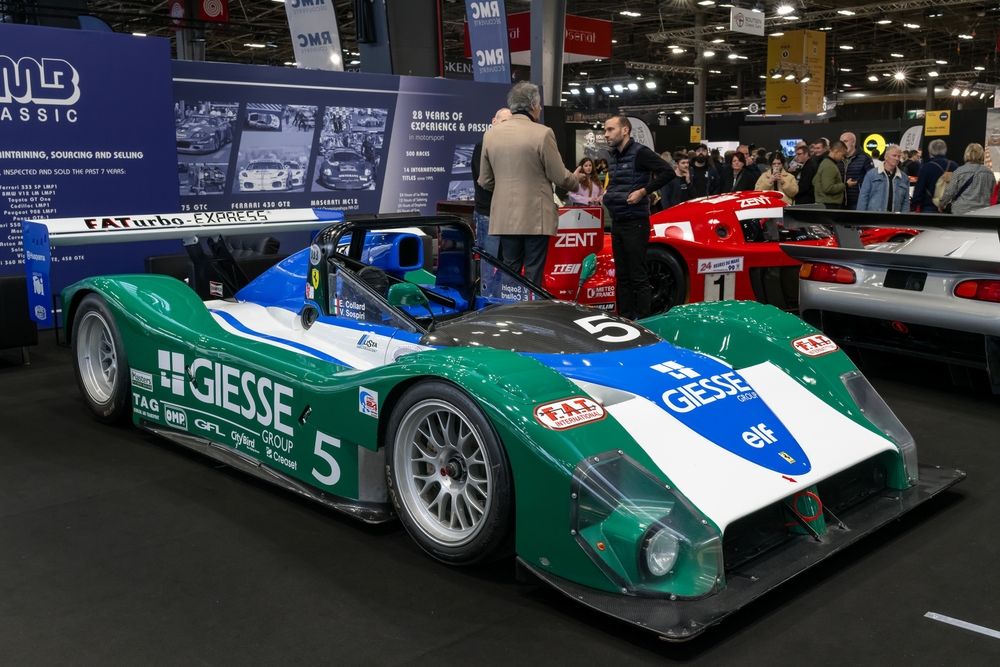
The Ferrari 333 SP marked Ferrari’s return to sports car racing after a long absence. Powered by a 4.0-liter V12 engine, the 333 SP dominated the IMSA GT Championship, winning multiple titles in the late 1990s. Its success on the track revitalized Ferrari’s presence in endurance racing and showcased the brand’s continued innovation in motorsport technology.
Ferrari 365 GTB/4 Daytona (1968-1973)

The Ferrari 365 GTB/4, known as the Daytona, was a road car that also achieved considerable success in racing. Its 4.4-liter V12 engine powered it to a class win at the 24 Hours of Le Mans in 1972, proving its capability on the track. The Daytona’s blend of style, performance, and racing success made it one of Ferrari’s most beloved models, both on the road and on the racetrack.
Ferrari 512 BB LM (1979-1981)
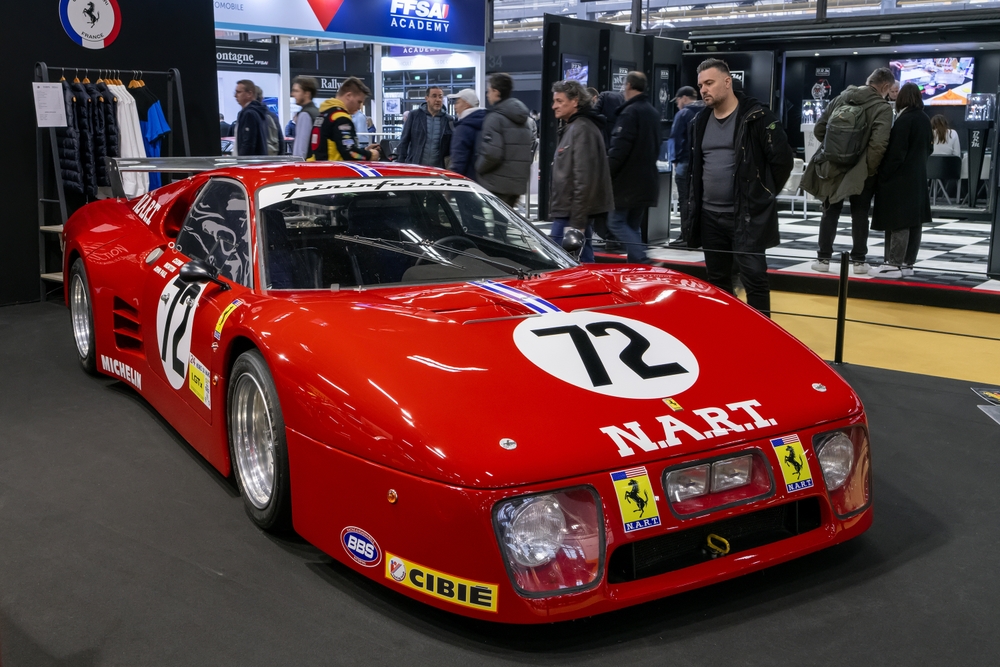
The Ferrari 512 BB LM was a race-modified version of the 512 Berlinetta Boxer, designed to compete in endurance races like the 24 Hours of Le Mans. With a 5.0-liter flat-12 engine, the 512 BB LM achieved several podium finishes, showcasing Ferrari’s ability to adapt its road cars for competitive racing. Its participation in endurance racing adds to Ferrari’s rich heritage of building versatile and successful race cars.
Ferrari FXX (2005-2007)
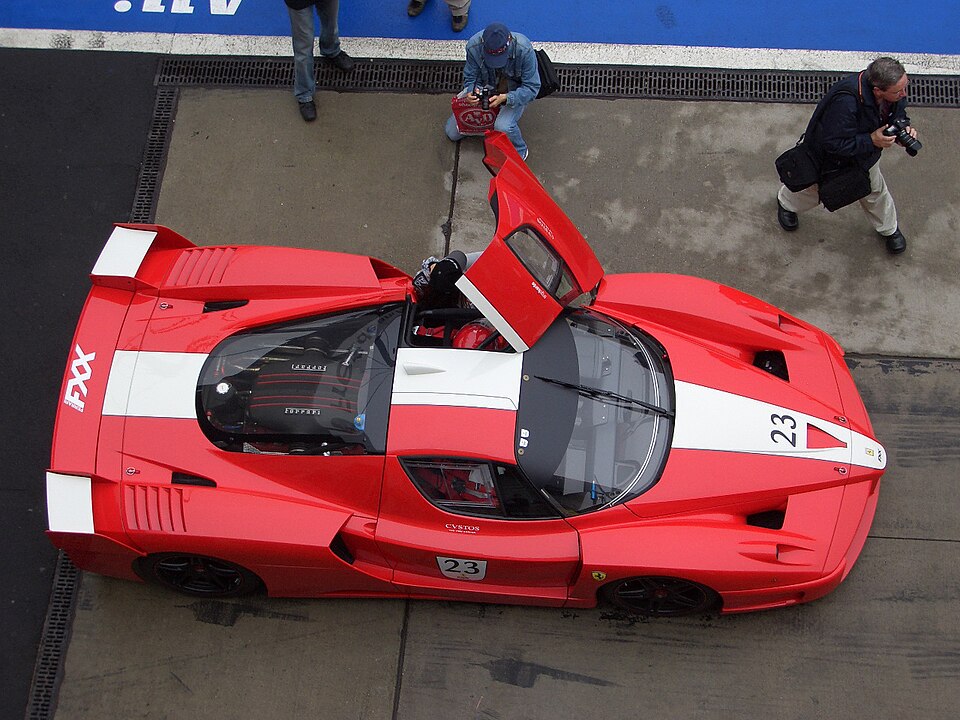
The Ferrari FXX was not a traditional race car but part of Ferrari’s exclusive track program, allowing select customers to experience a racing environment. Powered by a 6.3-liter V12 engine producing 789 horsepower, the FXX was used to test new technologies that would later be implemented in future Ferrari models. Its role in Ferrari’s development program and its limited production make the FXX a unique and
Ferrari 599XX (2009-2012)
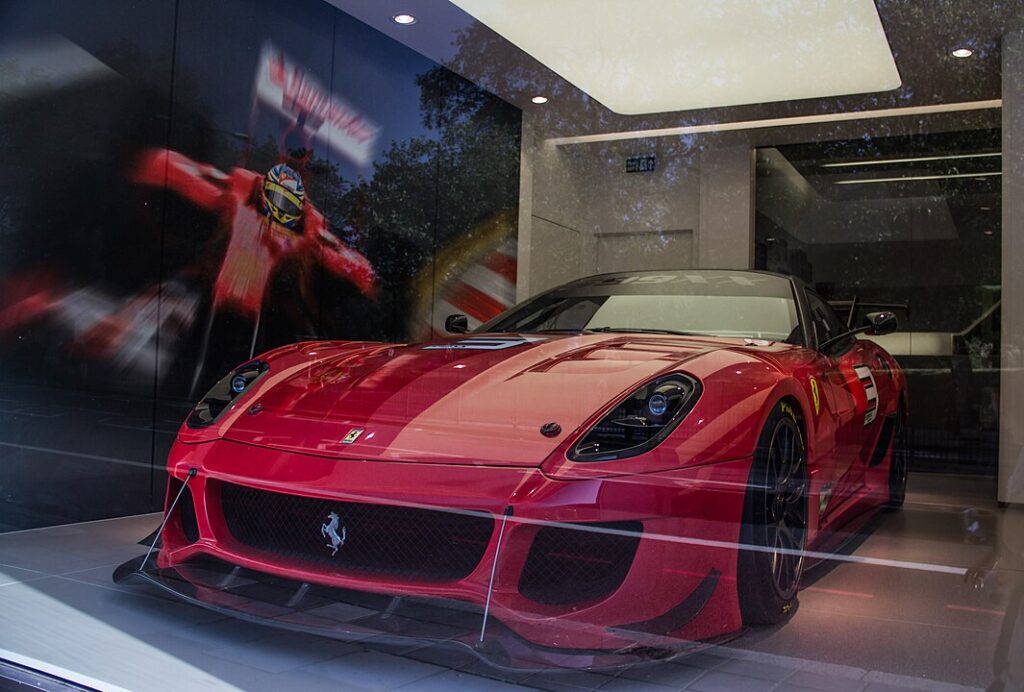
The Ferrari 599XX was an experimental track car based on the 599 GTB Fiorano, designed to push the boundaries of performance. Powered by a 6.0-liter V12 engine producing 730 horsepower, the 599XX was part of Ferrari’s development program, testing new technologies for future models. Its influence on Ferrari’s racing and road cars makes the 599XX a significant part of the brand’s heritage.
Ferrari F12tdf (2015-2017)
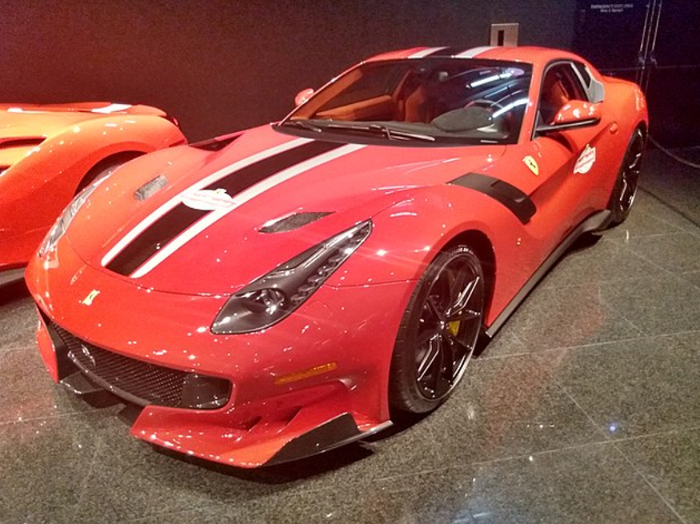
The Ferrari F12tdf paid homage to Ferrari’s Tour de France racing cars of the 1950s and 60s, blending track performance with road capabilities. Powered by a 6.3-liter V12 engine producing 769 horsepower, the F12tdf was a limited-production model that showcased Ferrari’s dedication to high-performance engineering. Its connection to Ferrari’s racing past and its modern-day performance make it a standout model in Ferrari’s lineup.
Ferrari F2004 (2004)
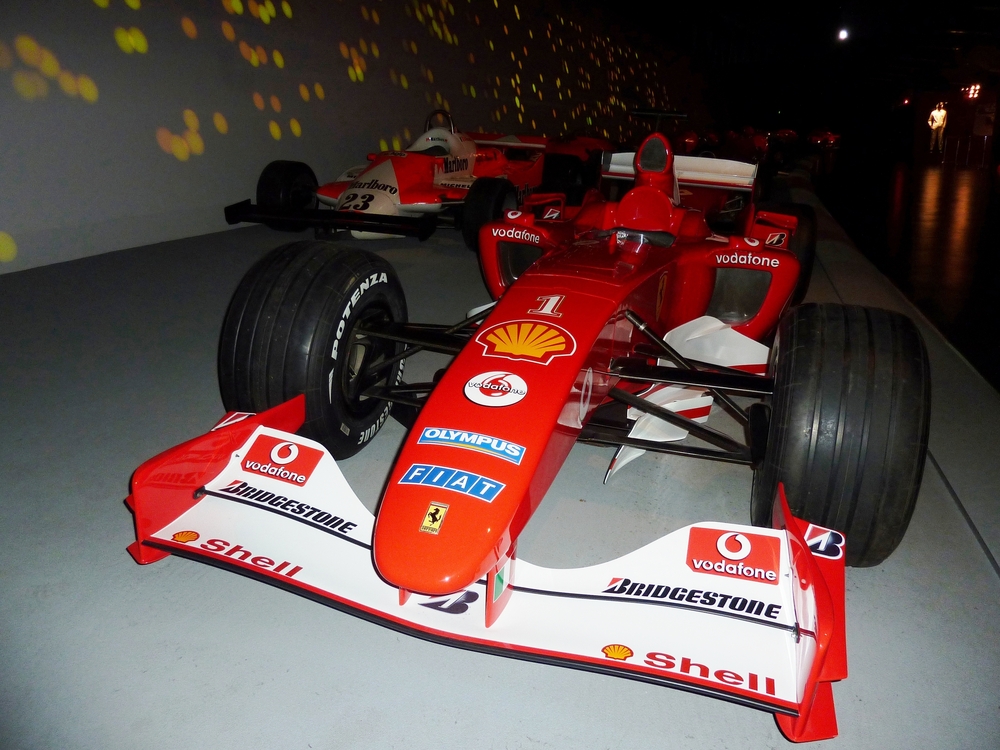
The Ferrari F2004 is one of the most successful Formula 1 cars in history, securing 15 wins and helping Michael Schumacher clinch his seventh World Championship. Powered by a 3.0-liter V10 engine, the F2004 was a technological marvel that dominated the 2004 F1 season. Its success on the track and its role in cementing Schumacher’s legacy make the F2004 a legendary part of Ferrari’s racing heritage.
Ferrari 458 Italia (2009-2015)

The Ferrari 458 Italia was not only a successful road car but also the basis for the GT2 and GT3 racing versions, which dominated GT racing worldwide. Powered by a 4.5-liter V8 engine, the 458 Italia was praised for its handling, aerodynamics, and performance. Its success in both road and race forms highlighted Ferrari’s ability to create a car that excelled in multiple arenas, making it a modern icon.
Ferrari 430 Scuderia (2007-2009)
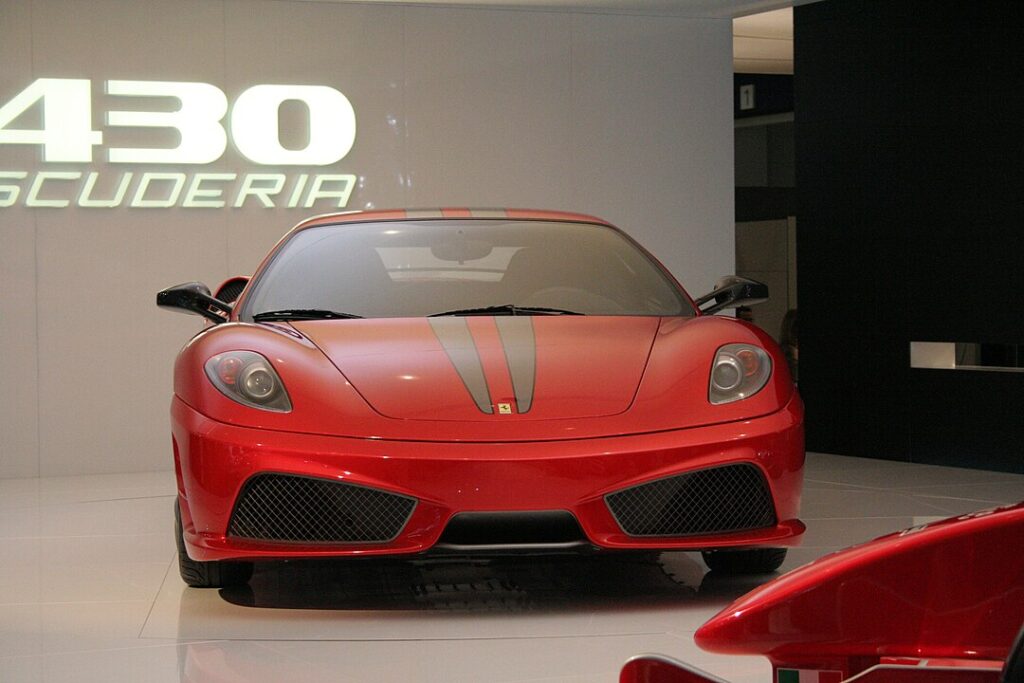
The Ferrari 430 Scuderia was a track-focused version of the F430, incorporating technology and insights from Ferrari’s racing programs. Powered by a 4.3-liter V8 engine, the 430 Scuderia influenced the development of the F430 GT2, which became a successful GT racer. Its impact on Ferrari’s racing strategy and its track performance make the 430 Scuderia a significant model in Ferrari’s history.
Ferrari 360 Modena (1999-2005)
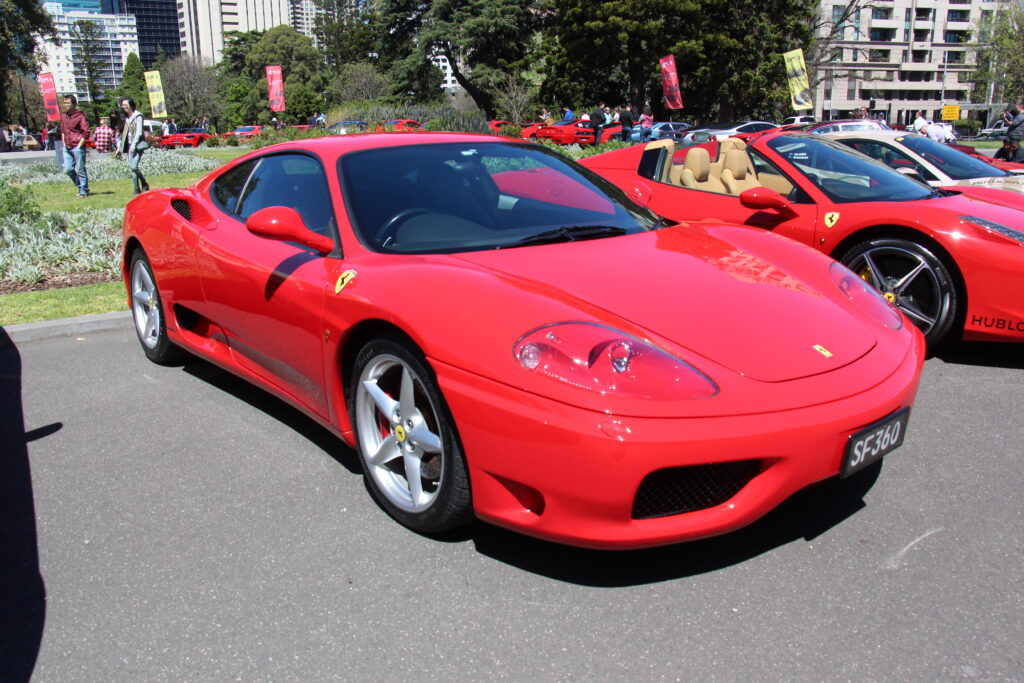
The Ferrari 360 Modena was a groundbreaking model that set new standards for Ferrari road cars. It was developed into the 360 GT and 360 GTC, which achieved numerous victories in the FIA GT Championship and the American Le Mans Series. Powered by a 3.6-liter V8 engine, the 360 Modena’s success in both road and race forms showcased Ferrari’s engineering excellence and adaptability.
Ferrari 275 GTB (1964-1968)

The Ferrari 275 GTB was a classic road car that also found success in endurance racing. The 275 GTB/C, a racing version of the car, achieved victories in prestigious events like the 24 Hours of Le Mans. With its 3.3-liter V12 engine, the 275 GTB combined elegance with performance, making it a standout model in Ferrari’s history and a testament to the brand’s racing prowess.
Ferrari Enzo (2002-2004)
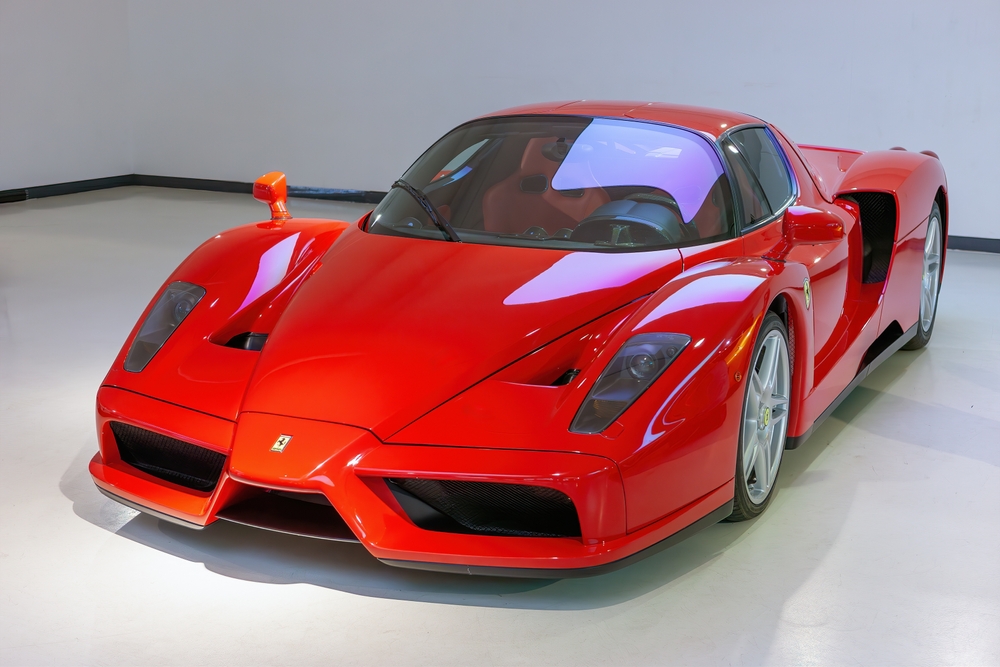
Named after Ferrari’s founder, the Enzo was a technological showcase that laid the groundwork for Ferrari’s future hypercars. Powered by a 6.0-liter V12 engine, the Enzo was a road car that inspired the development of the FXX and influenced Ferrari’s racing strategy. Its blend of cutting-edge technology and racing heritage makes the Enzo an essential part of Ferrari’s legacy.
Ferrari LaFerrari (2013-2018)
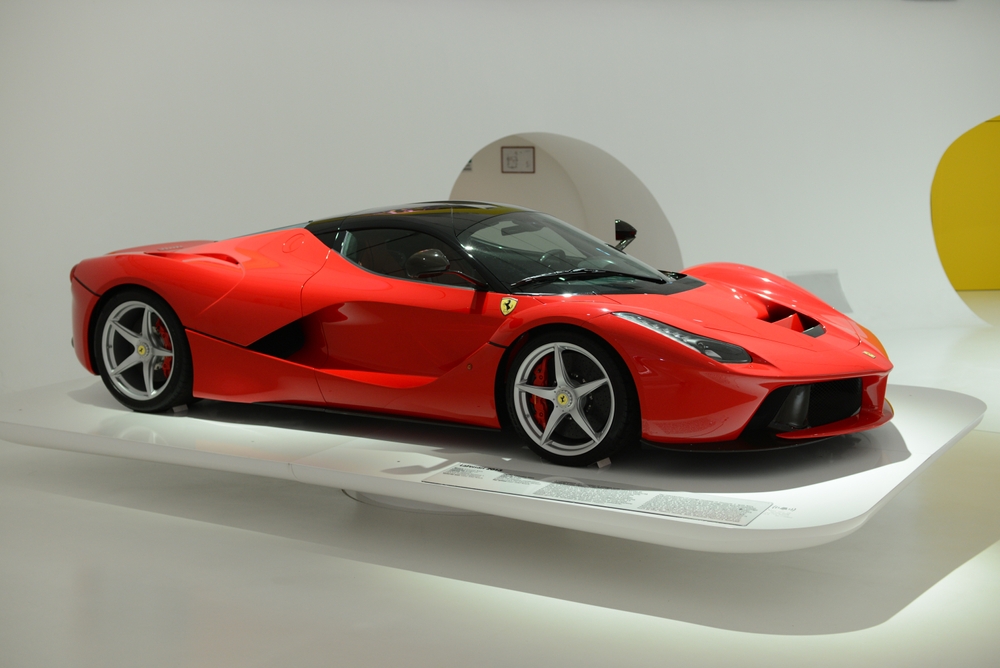
The Ferrari LaFerrari represents the pinnacle of Ferrari’s road car development, blending hybrid technology with insights from Formula 1. Powered by a 6.3-liter V12 engine paired with an electric motor, LaFerrari was Ferrari’s first hybrid hypercar. Its innovation and connection to Ferrari’s racing programs make it a symbol of Ferrari’s commitment to pushing the boundaries of automotive performance.
Ferrari 250 GT Berlinetta SWB (1959-1962)
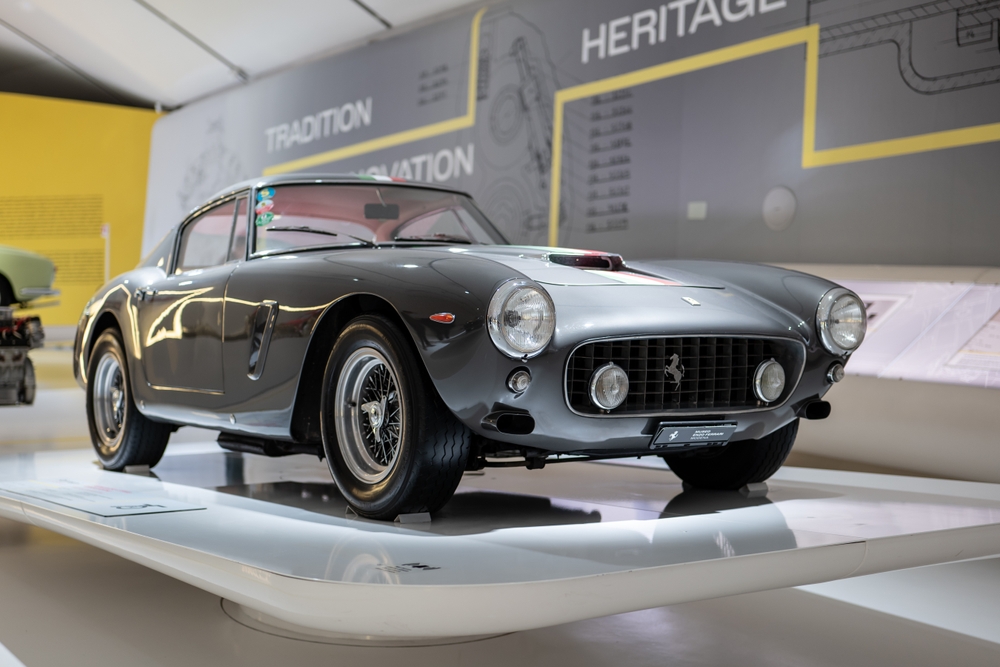
The Ferrari 250 GT Berlinetta SWB was a highly successful racing car, winning the Tour de France Automobile race multiple times. Its 3.0-liter V12 engine and short-wheelbase design made it agile and competitive, especially in endurance races. The 250 GT SWB’s success with privateer racers and its impact on Ferrari’s racing reputation make it an iconic model in the brand’s history.
Ferrari SF90 Stradale (2019-present)
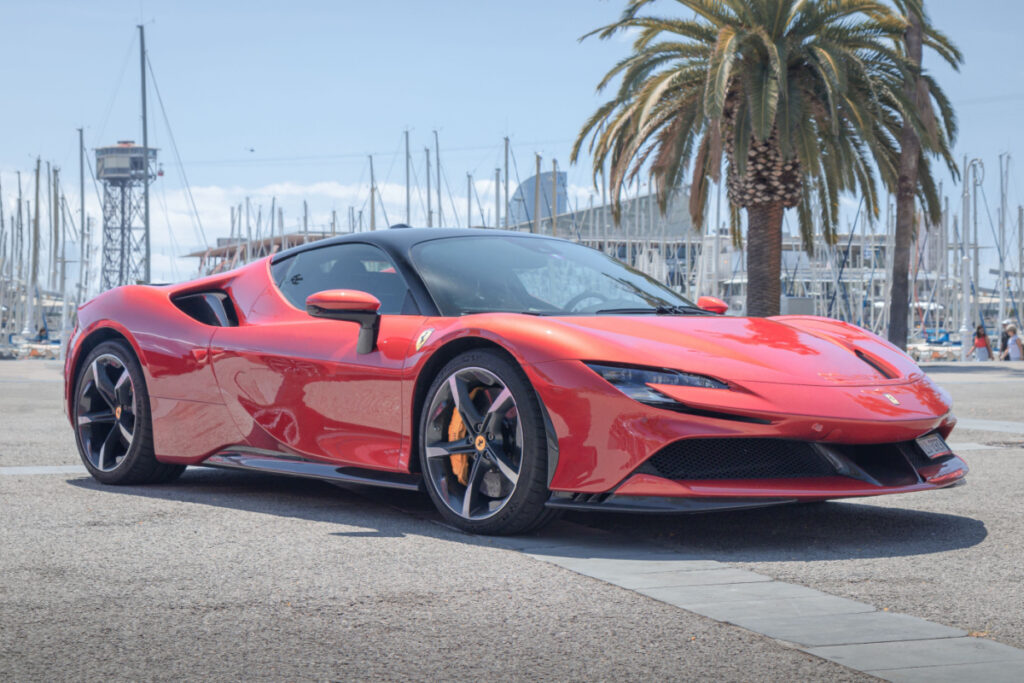
The Ferrari SF90 Stradale represents the future of Ferrari, blending hybrid technology with insights from their Formula 1 program. Powered by a 4.0-liter V8 engine paired with three electric motors, the SF90 Stradale is Ferrari’s most powerful road car to date. Its innovation, performance, and connection to Ferrari’s racing heritage make it a fitting addition to the list of iconic Ferrari supercars.
This article originally appeared in MyCarMakesNoise.
More from MyCarMakesNoise
15 Iconic Car Designs That Influenced the Industry

Throughout the history of the automotive industry, certain car designs have stood out for their groundbreaking impact on the market and culture. These iconic vehicles defined their eras and set new benchmarks in performance, aesthetics, and technology. Read More
10 Amazing Details About the Chevrolet Corvette

The Chevrolet Corvette has captivated car enthusiasts for decades with its blend of cutting-edge technology, sleek design, and high-performance capabilities. Since its debut in 1953, the Corvette has evolved into an iconic sports car, renowned for pushing the boundaries of automotive innovation. Read More
10 Extreme Off-Road Vehicle Mods for Adventurous Drivers

Standard vehicles often fail to provide the necessary durability and performance for those who crave adventure and the thrill of the unbeaten path. Extreme off-road modifications transform everyday vehicles into powerful machines capable of tackling the most challenging terrains. Read More

